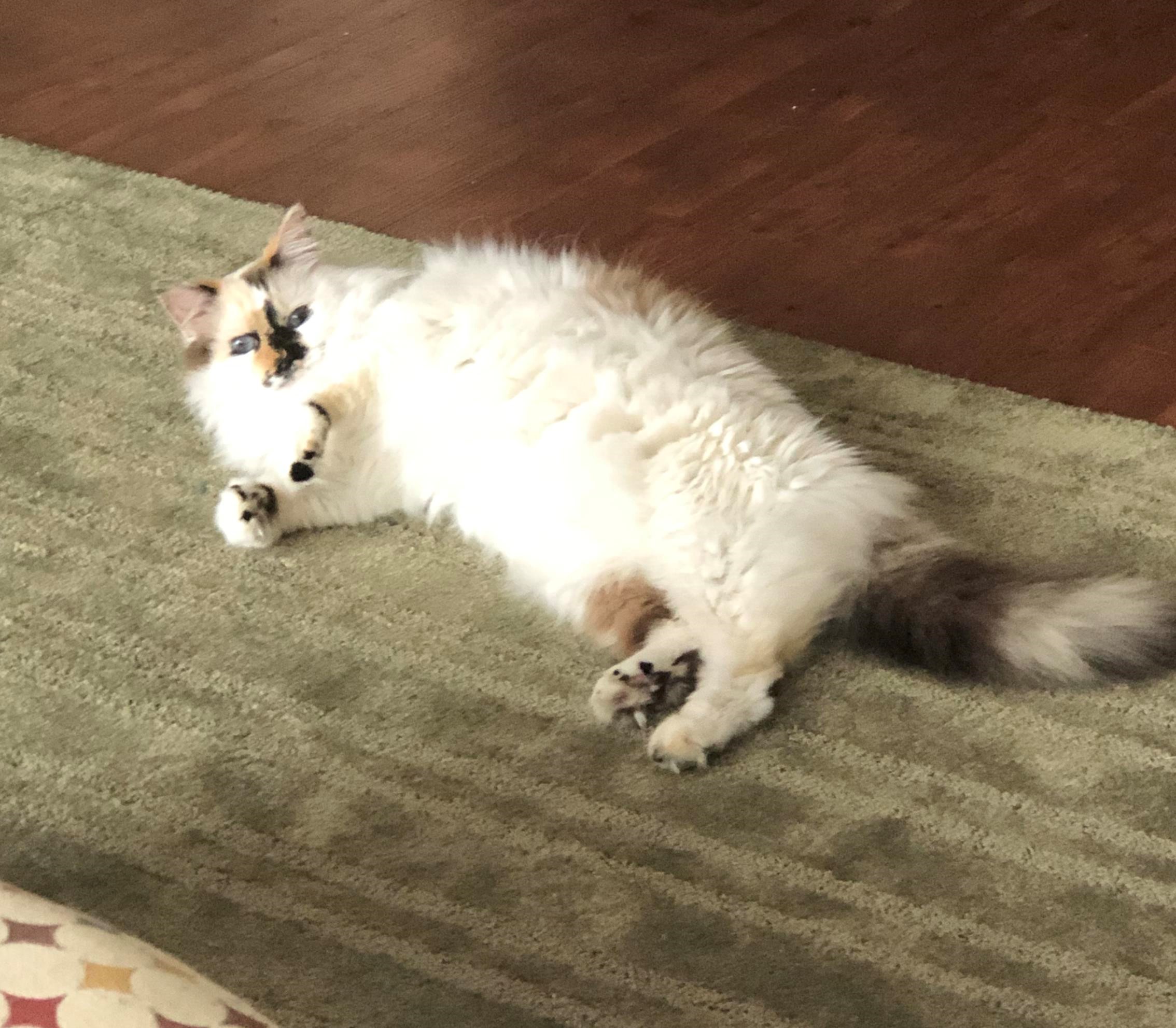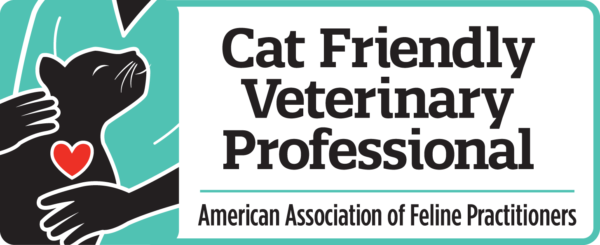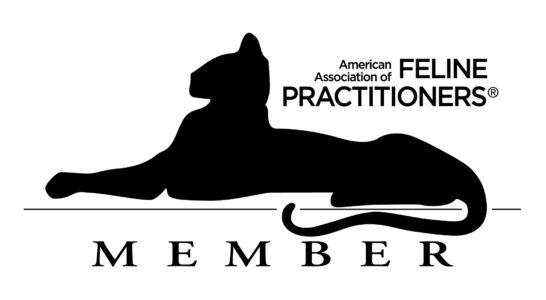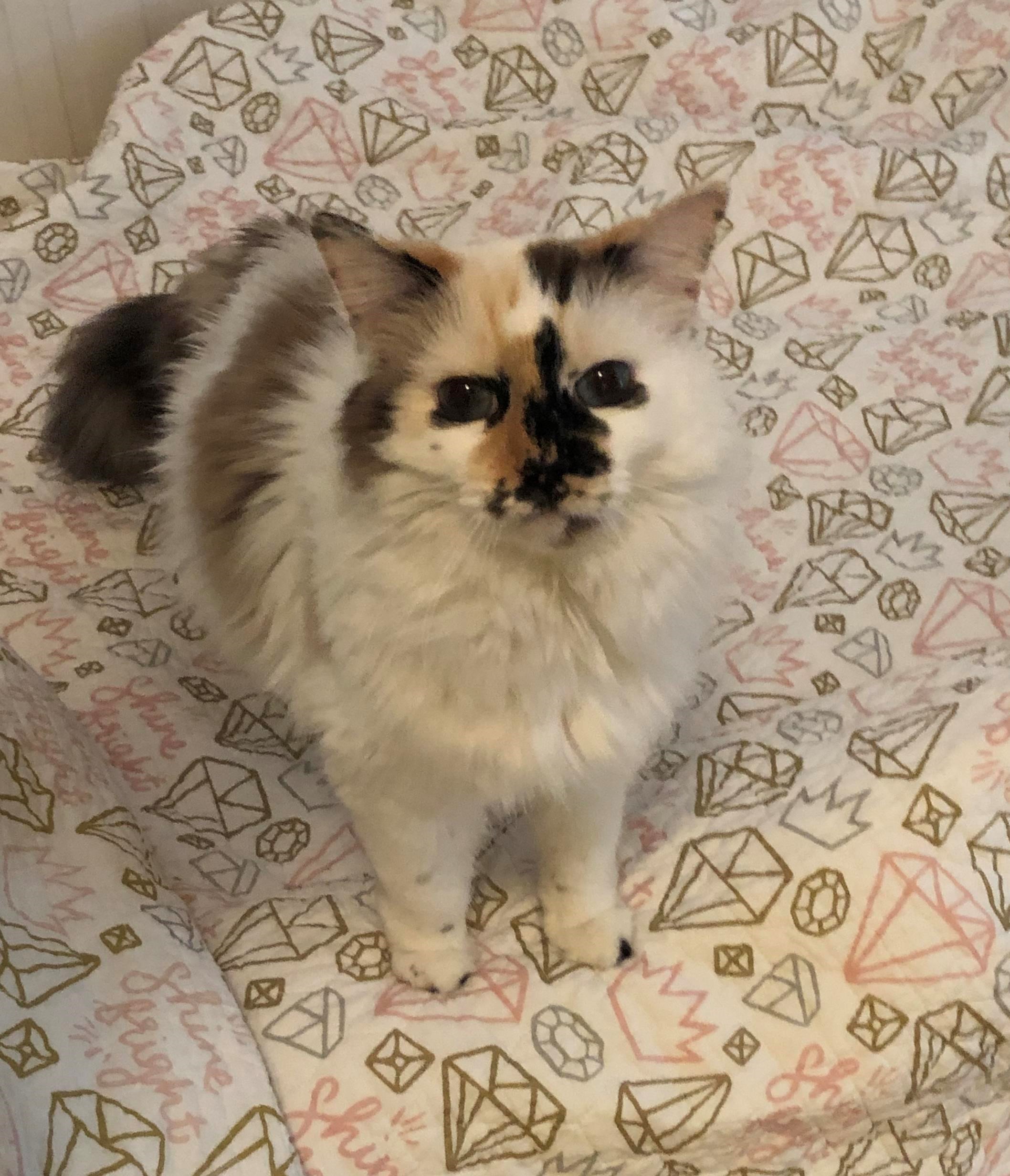
PROBLEM SOLVED! This is my cat Emma, and she wants nothing more than pets from her human. This beautiful, shy, and head-bumping ball of fur has been in my life for over eleven years. However, when she turned two Emma has never liked ANY litter or litter box and my wife and I thought she was acting out. We could not figure it out. For years we tried EVERYTHING besides training her to use a toilet. I bet I would have had better luck getting kicked by a snake! We took her to multiple vets with multiple medications with no joy of solving her inappropriate elimination. I was injecting her with Depo Provera with the same outcome as the others. My wife and I were defeated, and we didn't know what to do. We were sick and tired of ruined furniture, bedding, cat beds, and really tired of picking up feces from the floor every day. This put us in the position where most cat owners may go to when their animals become difficult; putting them down.
I moved to a new state and I found a new vet. After a few trials and errors, she recommended “Fundamentally Feline”. I was ambivalent about a cat behaviorist, but I needed to entertain all ideas for my kitty. I guess I was expecting someone just taking my money and leaving me with useless information and an unchanged cat. After just a few minutes, with Ingrid the behaviorist, I could tell this was not the case. With a pad of paper and a pen I was ready to write down all advice.
I learned that my cat may have been experiencing chronic pain in her paws after a botched declawing when she was young. I followed the behaviorist’s advice and went to my vet and had some X-rays done. I was shocked for two reasons; first the X-ray confirmed the behaviorist’s suspicions, and second not a single vet caught this. Opting to try the medication versus the repair surgery I left a little emotional but confident in my decision.
For one month, as instructed, I set up the "litter cafeteria”. I chose the suggested litters for cats with sensitive paws. I logged every movement and I then picked the most popular litter. Additionally, I bought cat food that's right for her needs. I then rearranged and added food and water locations to provide Emma more options.
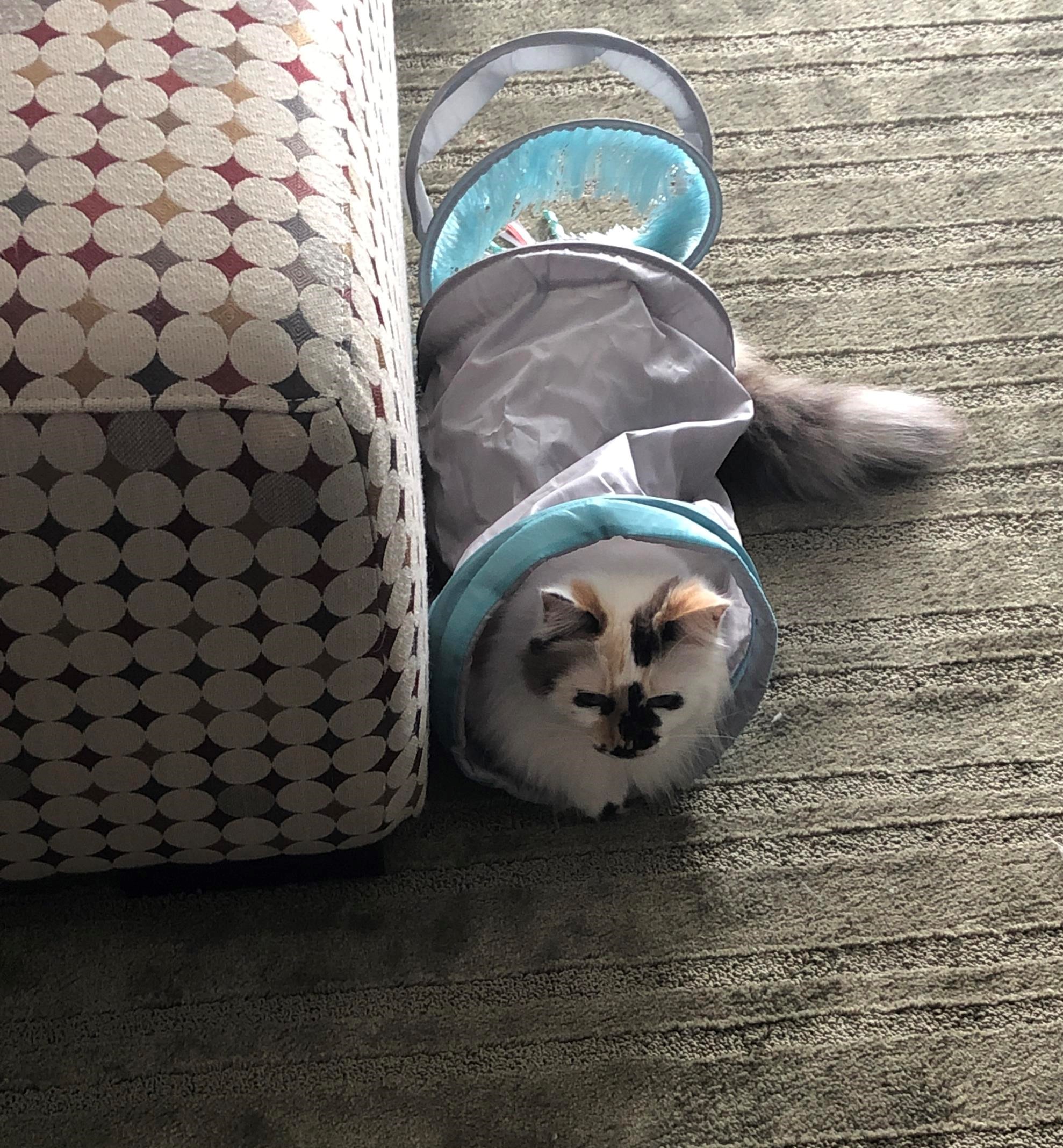
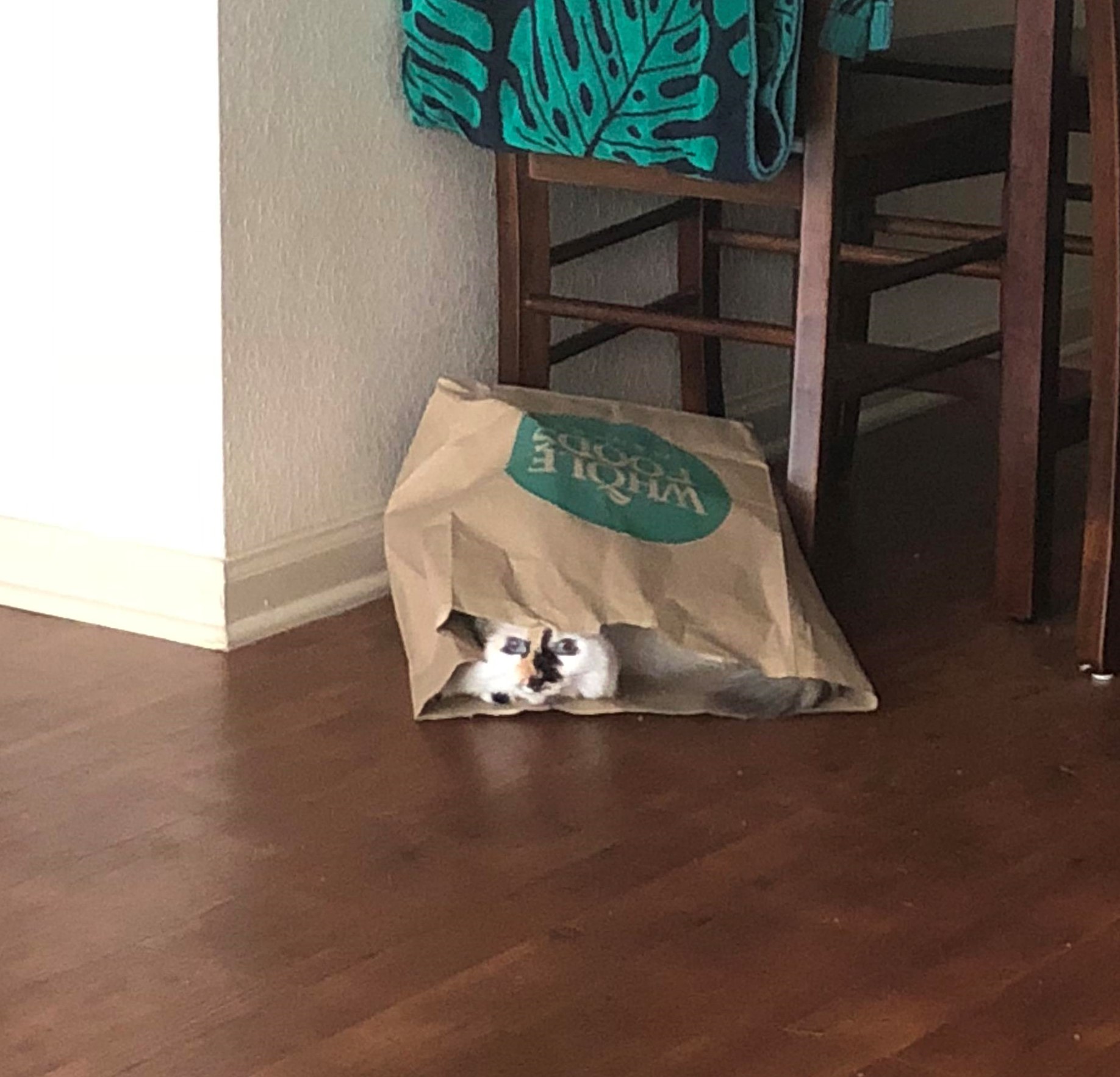
I started the medication and I noticed a change in behavior. The food, water and litter helped. Occasionally Emma was still "missing" the cat box. A slight improvement but I had experienced this before. Overall, in out of the eighty-eight attempts, only eight (feces) were inappropriate. After the medication for a day or two I noticed there were no "mistakes" and to my surprise she was covering up her mess! Emma had never done this before.
I learned a tremendous amount from the behaviorist. After nine years of leading Emma, I finally have some peace of mind. My family and Emma are grateful for all of the help Ingrid has given to us. Thank you again!
Respectfully,
Todd, Barb, Genevieve, and of course, Emma!
Mobile, Alabama
